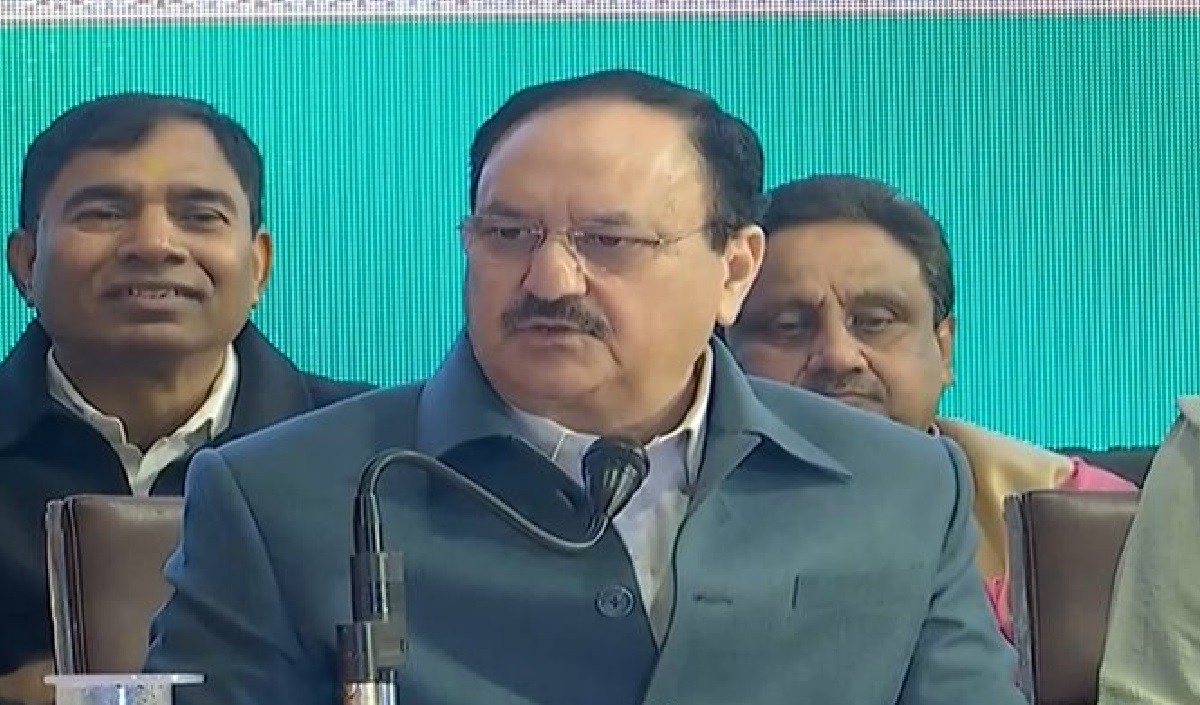The debate over the first census after independence included a discussion on whether caste should be included as a parameter or not. Ambedkar was clear on why an updated database is helpful in formulating policy measures and ensuring representation of diverse communities in India. The Congress Party supported the idea of collecting caste-based data for affirmative action purposes in the first census after independence in 1951. However, this would mean that the caste count would be limited to Scheduled Castes (SC) and Scheduled Tribes (ST). , Following this reasoning, the state under the Nehruvian leadership took a policy decision not to conduct caste-wise population census, except for the scheduled categories.
Also read: know your constitution Chapter 2 | Picture of Ram, Sita and Lakshman in the fundamental rights section. Teh Tak
Why were the 1951 census figures not made public?
Apart from the purposes of affirmative action, the compilation of caste-based data was ironically seen as ‘reinforcing the caste system’. Ironically, after independence, the 1951 census data on caste was never made public. Concerns over privacy, potential abuse, social unrest, and even state ability to collect such data with accuracy were cited as reasons. Amid many of these concerns, and the administrative challenges of processing such vast and potentially controversial data, the subsequent debate on caste enumeration was delayed, if not avoided altogether. Again, the grand narrative of ‘national unity’ was given significant shape – Indians had to ‘go beyond caste’ once and for all. In the almost 30 years of uninterrupted Congress rule since independence, caste and its enumeration became a weak cry in parliamentary debates.
Also read: know your constitution Chapter 3 | Did Baba Saheb alone make the entire Constitution? Teh Tak
Nehru and Ambedkar on caste reservation
Nehru and Ambedkar came from two different backgrounds, one was born in an upper-class, cosmopolitan Brahmin family and the other in a socially outcast, Dalit family living in a small village in rural Maharashtra Was. Nehru can be described more as a secular humanist and intellectual than someone with any inclination towards religion. His approach to life was methodical, prioritizing efficiency and modernization over the romantic ideals of the past. He and Ambedkar shared many similarities. After witnessing discrimination as a youth, Ambedkar also became disillusioned with the concept of Hinduism proposed by the RSS at the time and, after studying at Columbia University and the London School of Economics (LSE), set out to accumulate knowledge. were equally committed. However, Ambedkar had seen social injustice closely whereas Nehru, born in a Brahmin family, did not have to face all this. So while Nehru wrote about the harmful effects of caste politics, he was not in favor of abolishing the system completely, as Ambedkar had advocated. In a book Vasant Moon elaborated on Ambedkar’s sharp criticism of Congress and Nehru’s view of caste. He writes, “According to Dr. Ambedkar, a political revolution cannot succeed unless it is preceded by a socio-religious revolution. But the Congress never worked for a social revolution aimed at eliminating caste. According to Ambedkar, one way to provide some relief to the backward classes was through a separate electorate. Under his proposed system, Dalits would not only get reserved seats in political representation, but they would vote for Dalit candidates in Dalit-reserved constituencies alone. to give Under the British, this proposal was vehemently rejected and Gandhi resolved to go on a fast unto death until it was abandoned. The agreement has been named Poona Pact.





